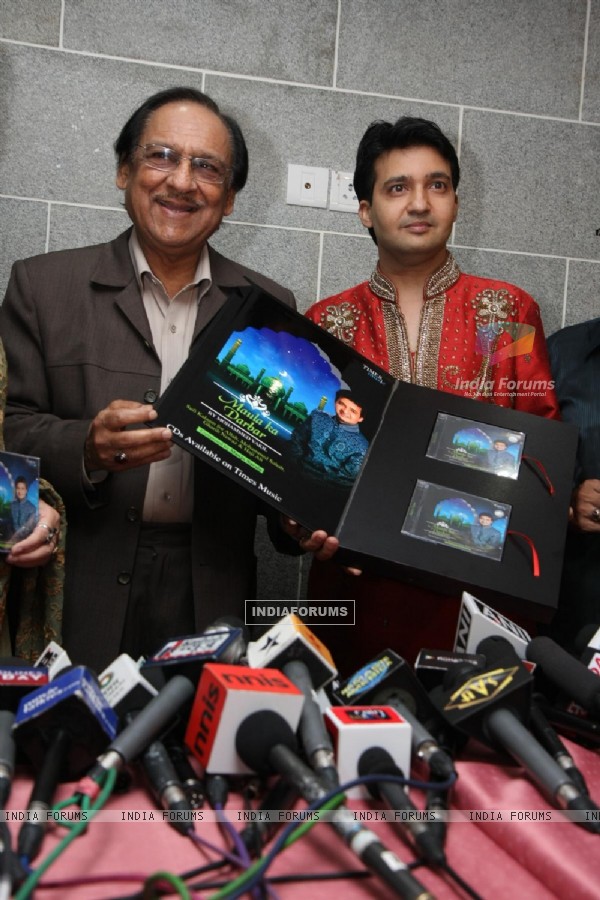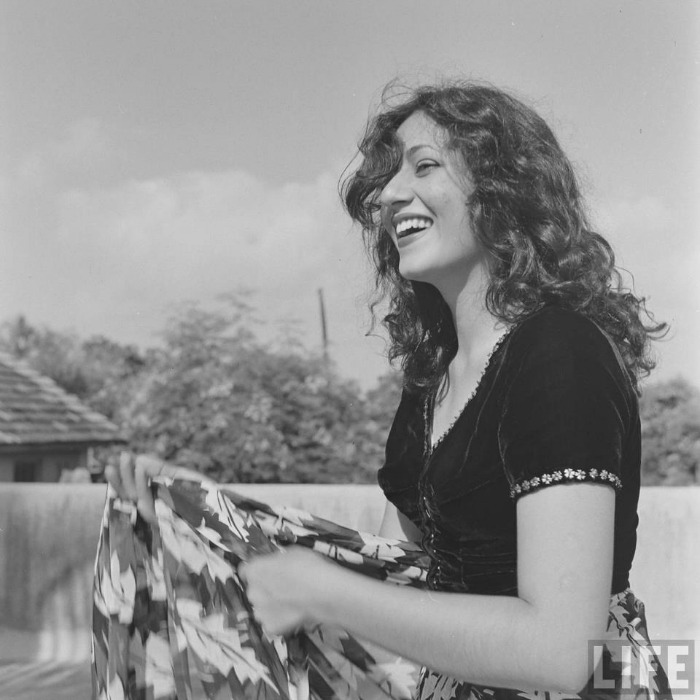A SESSION OF GHAZALS MAESTROS: VOL 1
A Session of Ghazals is meant to jog our memories of those renditions of ghazals that kept our mind fixated by the beauties of its poetic forms and the rendering of those poems by those that we refer to as maestros.
The ghazal is composed of a minimum of five couplets—and typically no more than fifteen—that are structurally, thematically, and emotionally autonomous. Each line of the poem must be of the same length, though meter is not imposed in English. The first couplet introduces a scheme, made up of a rhyme followed by a refrain. Subsequent couplets pick up the same scheme in the second line only, repeating the refrain and rhyming the second line with both lines of the first stanza. The final couplet usually includes the poet’s signature, referring to the author in the first or third person, and frequently including the poet’s own name or a derivation of its meaning.
Traditionally invoking melancholy, love, longing, and metaphysical questions, ghazals are often sung by Iranian, Indian, and Pakistani musicians. The form has roots in seventh-century Arabia, and gained prominence in the thirteenth- and fourteenth-century thanks to such Persian poets as Rumi and Hafiz. In the eighteenth-century, the ghazal was used by poets writing in Urdu, a mix of the medieval languages of Northern India, including Persian. Among these poets, Ghalib is the recognized master.
Indian musicians such as Ravi Shankar and Begum Akhtar popularized the ghazal in the English-speaking world during the 1960s. However, it was the poet Agha Shahid Ali who introduced it, in its classical form, to Americans. Ali compared each ghazal couplet to “a stone from a necklace," which should continue to “shine in that vivid isolation.” Ali’s ghazal "Even the Rain" is excerpted here:
For Volume 1 we shall be presenting a selection of twelve ghazals: Maybe we will do a Volume 2 if it becomes necessary:






